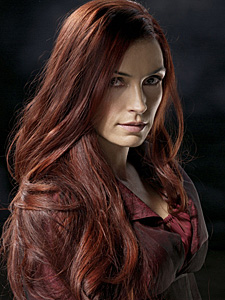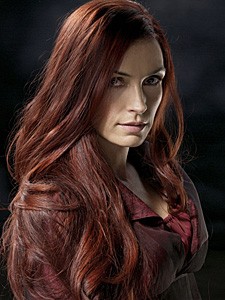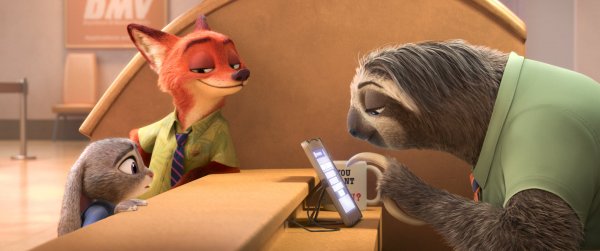Do Babies Learn to Swipe Before They Learn to Talk?
Posted on June 2, 2016 at 3:14 pm
Personal cloud storage company MiMedia has released the results of a survey of parents.
76% of parents admit to running out of storage on their phones from taking too many photos/videos of their kids
71% think Moms take more photos of their kids than Dads
Nearly 3 out of 5 parents (58%) say their child (age 0-3) was able to operate a touchscreen digital device by swiping before they learned to speak
57% think Moms share too many baby photos on social media (Facebook, Instagram, etc.)
Almost half (47%) of parents say their child (age 0-3) likes taking selfies
47% of parents share at least 1 photo/video on average of their child (age 0-3) per day, whereas 34% don’t share any
1 out of 3 parents (34% ) takes 1 video on average of their child (age 0-3) per day, whereas 13% of parents take 5+ videos on average of their child (age 0-3) per day
28% take 2 photos on average of their child (age 0-3) per day
Almost 1 out of 3 parents (28%) admits to taking substantially more photos of their first born than other children
22% of parents take 5+ photos on average of their child (age 0-3) per day
13% of parents take 5+ videos on average of their child (age 0-3) per day
Parents should be careful to make sure they are spending more time interacting with their children than taking pictures and videos of them — and that children learn about how to behave with people before they learn about how to interact with machines.




